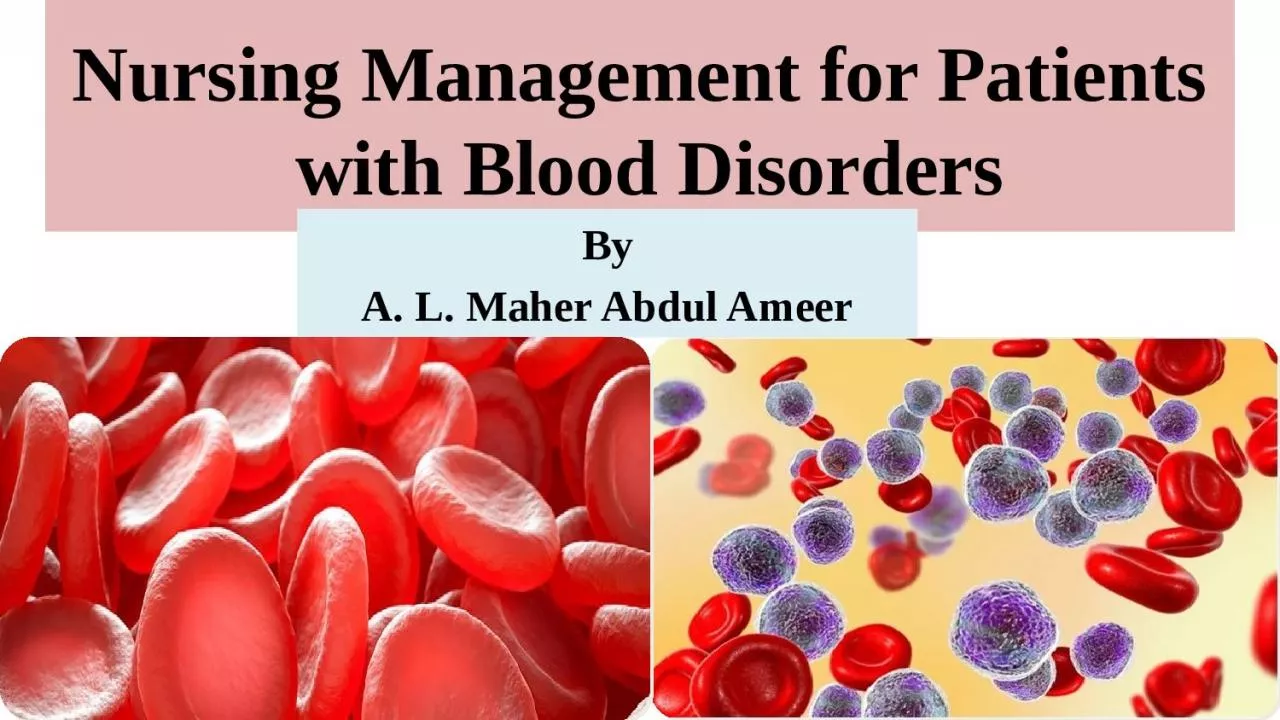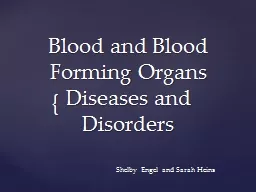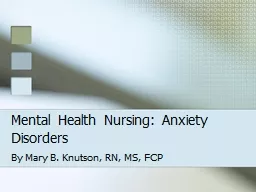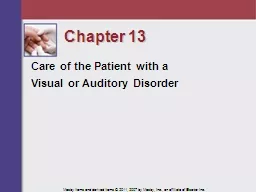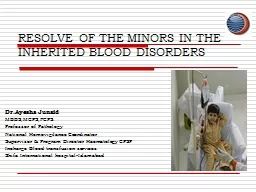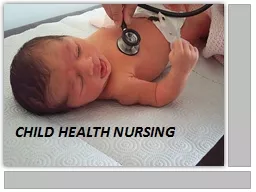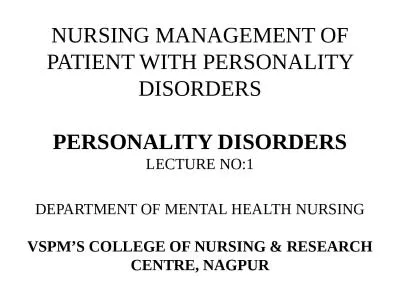PPT-Nursing Management for Patients with Blood Disorders
Author : iris | Published Date : 2024-02-03
By A L Maher Abdul Ameer Outline Blood and its components Diagnostic tests for blood disease Anemia Leukemia Blood Blood is a fluid that moves through the vessels
Presentation Embed Code
Download Presentation
Download Presentation The PPT/PDF document "Nursing Management for Patients with Blo..." is the property of its rightful owner. Permission is granted to download and print the materials on this website for personal, non-commercial use only, and to display it on your personal computer provided you do not modify the materials and that you retain all copyright notices contained in the materials. By downloading content from our website, you accept the terms of this agreement.
Nursing Management for Patients with Blood Disorders: Transcript
Download Rules Of Document
"Nursing Management for Patients with Blood Disorders"The content belongs to its owner. You may download and print it for personal use, without modification, and keep all copyright notices. By downloading, you agree to these terms.
Related Documents

